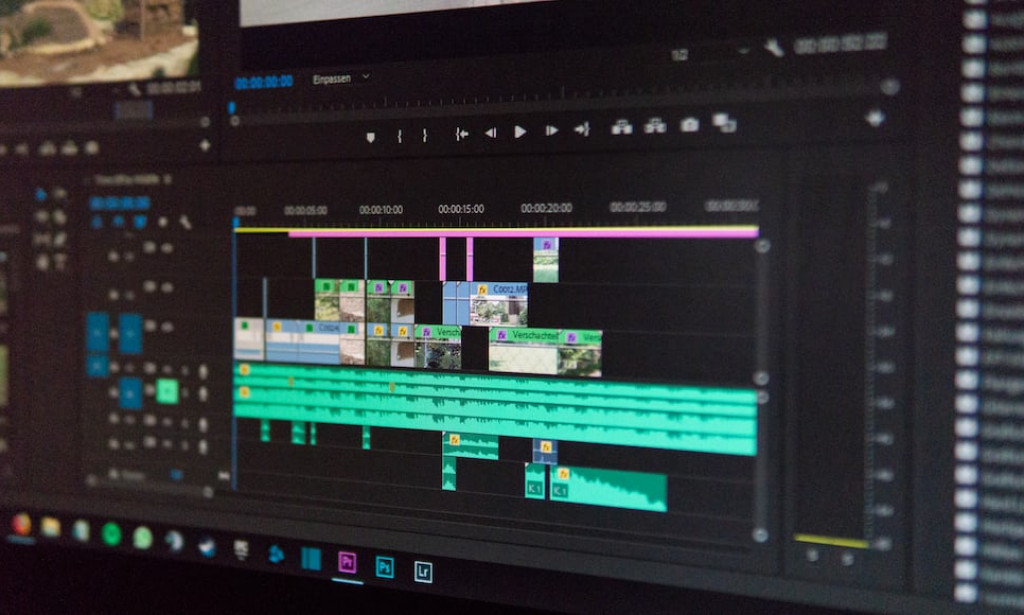Video editing is the process of manipulating and organizing video footage to create a coherent and visually appealing final product. It involves rearranging, adding, and removing sections of video clips, as well as incorporating transitions, effects, and audio elements. Video editing can be performed through linear editing, which involves copying footage from one tape to another in a specific order, or through nonlinear editing, which utilizes computer software for greater flexibility and efficiency. Common tasks in video editing include trimming and cutting clips, adjusting the timing and sequence of shots, adding titles and graphics, enhancing visual and audio quality, and applying various effects and filters. The goal of video editing is to craft a compelling and polished video that effectively communicates the intended message or narrative.
There are various types of video editing methods, each with its own advantages and considerations. While digital non-linear editing is the most commonly used method today, it's helpful to understand the different approaches. Here's an overview of each method:
Film Splicing: This method involves physically cutting and rearranging sections of film. Although it's not technically video editing, it laid the foundation for modern editing practices.
Tape to Tape (Linear) Editing: This method was used with analog video tapes before the advent of editing computers. It involves copying desired footage from one tape to another in a linear fashion, using two connected video machines.
Digital/Computer (Non-linear) Editing: This method involves capturing video footage onto a computer hard drive and editing it using specialized software. Non-linear editing offers great flexibility, allowing changes to be made at any point in the video. It is the most popular method today.
Live Editing: This specialized method involves real-time editing of multiple camera feeds or video sources through a central mixing console. It is commonly used in live television coverage but is not relevant to most individuals.
Non-linear editing provides numerous advantages, including greater flexibility and the ability to work faster once the basics are mastered. However, it can be more complex to learn and requires careful consideration of hardware and software compatibility.
It's important to note that this is just a brief overview, and each editing method can be explored in more detail in dedicated tutorials or courses.
Capture Device: A device, either hardware or firmware, used to convert analog video into digital video.
Compressors & Codecs: Software or firmware utilized for compressing and decompressing digital video. Compression reduces the file size of the video.
Editing: The process of rearranging, adding, and/or removing sections of video clips, as well as creating transitions between clips. Editing is a part of post-production.
Encoding: The process of converting digital video into a specific format, such as saving a video project in the MPEG-2 format for distribution on DVDs.
Layering: The act of adding multiple layers of superimposed video.
Linear Editing: Also referred to as tape-to-tape editing. It is a method of editing where footage is copied from one tape to another in the desired order.
Nonlinear Editing: An editing method that employs computer software to edit the footage, allowing for greater flexibility and efficiency compared to linear editing.
Transition: The manner in which one shot or scene transitions to the next in a video.
Post Production: All the processes involved in modifying and enhancing the video and audio content after production, which includes video editing, audio editing, titling, color correction, effects, etc.


You must be logged in to post a comment.